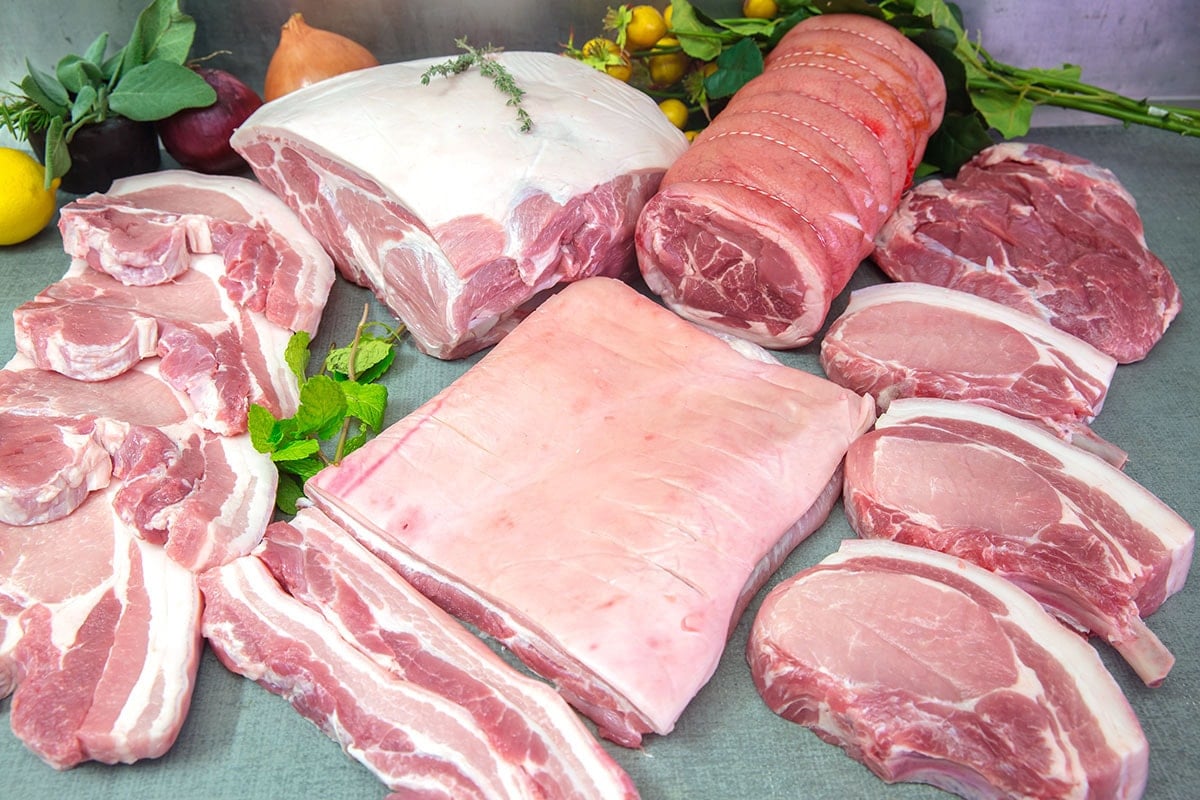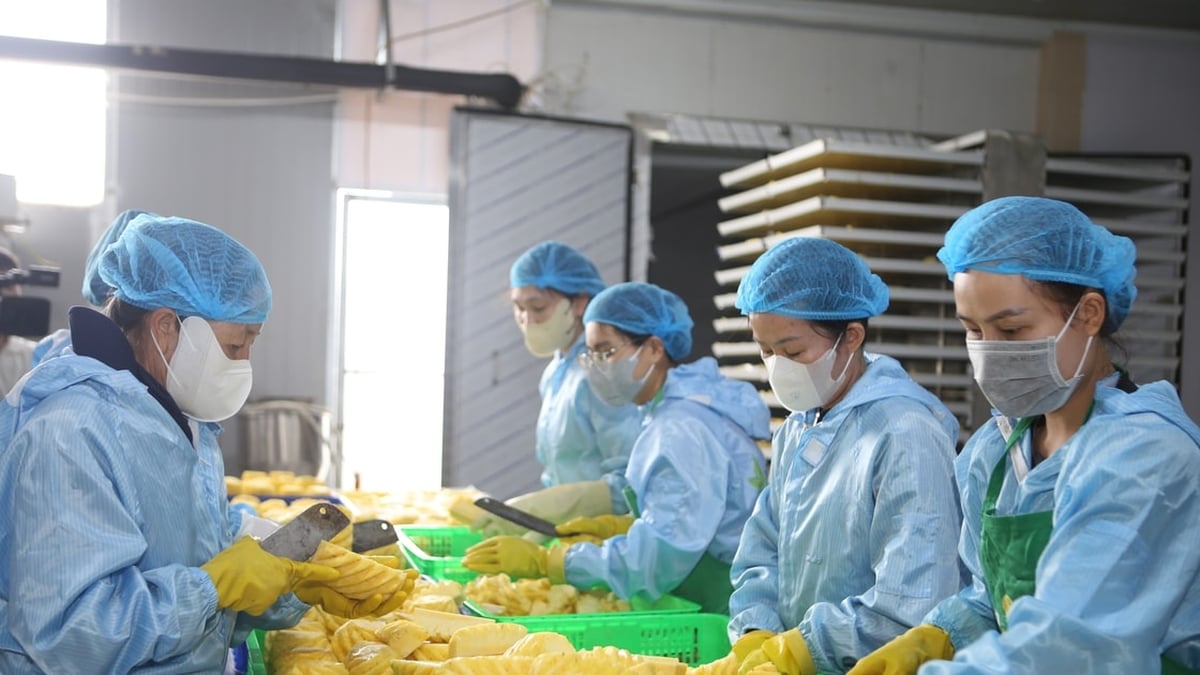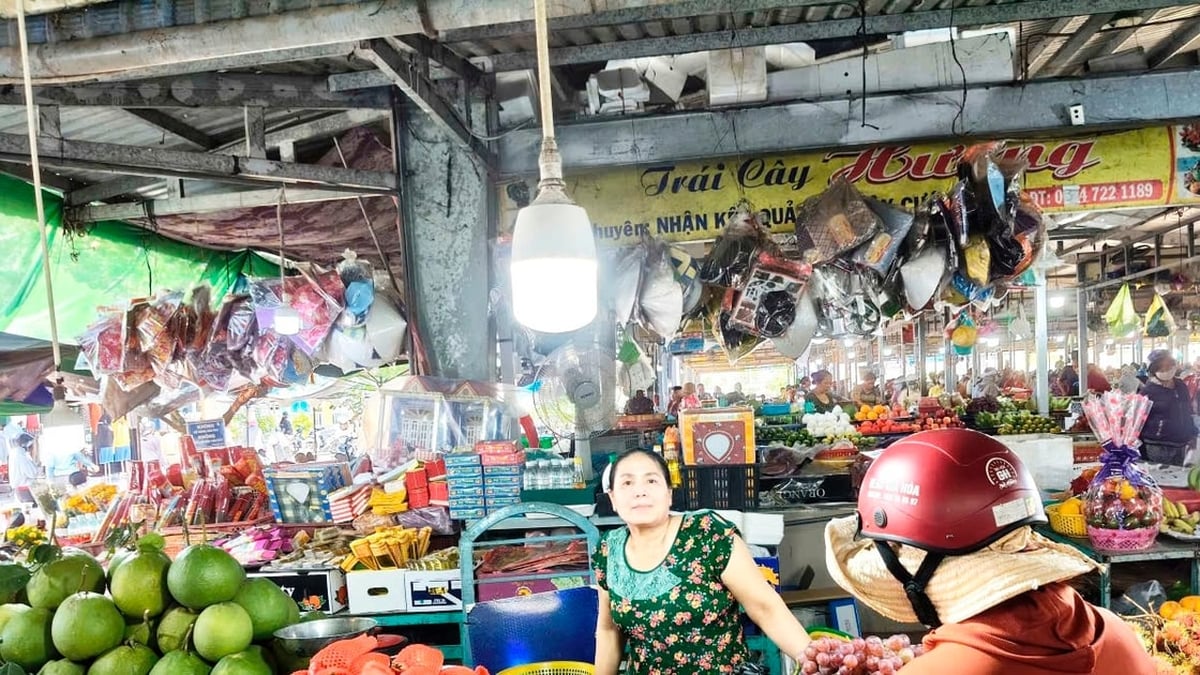On August 6, the domestic pork market recorded a stable price trend at major distribution chains such as WinMart and Ha Hien Food. Meanwhile, pork imports in the second quarter increased sharply compared to the same period last year, reflecting that consumer demand remained high despite domestic supply facing pressure from the pandemic.
According to a survey conducted on the morning of August 6, pork prices at major retail distribution systems remained unchanged compared to previous days. At the WinMart system, Meat Deli chilled meat products continued to maintain prices between VND119,922 and VND163,122/kg. Notably, these prices are being applied with a 20% discount program for members, contributing to stimulating consumption.
Specifically, ground pork grade 1 is the product with the lowest price in the category, selling at 119,922 VND/kg. Lean thigh, lean shoulder and boneless ham are listed at 122,320 VND/kg, 126,320 VND/kg and 127,922 VND/kg respectively. Pork belly, the product with the highest price in the surveyed group, is being sold at 163,122 VND/kg.

At Ha Hien Fresh Food Company – a major distributor in Ho Chi Minh City – the market also recorded a flat price trend. Pork products here are being sold at a range of VND89,000 to VND190,000/kg.
Of which, pork fat has the lowest price of 89,000 VND/kg, followed by lean thigh meat at 126,000 VND/kg and lean shoulder meat at 136,000 VND/kg. Pork ribs - a popular item in family meals - continue to be priced at 134,000 VND/kg. Pork belly and spare ribs are sold at 166,000 and 190,000 VND/kg, respectively.
Pork imports increase sharply
In addition to domestic developments, the global pork market in the second quarter of 2025 also recorded many notable fluctuations. In the context of domestic supply being pressured by disease factors and high livestock costs, Vietnam has increased pork imports from international markets. According to newly released data, pork import turnover in the second quarter increased sharply by double digits compared to the same period last year.
The increase in imports is not only to ensure the balance between supply and demand but also reflects the increasingly diverse consumption trends of the people. Many businesses are proactively seeking stable sources of goods from Europe and the US to compensate for temporary domestic shortages and maintain stable prices for consumers.
In addition, tariffs and free trade agreements continue to play an important role in shaping the pork market in the coming time. According to livestock experts, if the domestic epidemic is not well controlled, the price of live pigs may fluctuate again in the third quarter, creating pressure on the retail price level. However, with stable import supply and not too high consumer demand during the hot season, the pork market is likely to maintain a stable price rhythm in the short term.
Source: https://baolamdong.vn/gia-thit-heo-hom-nay-6-8-duy-tri-on-dinh-386528.html






















![[Photo] Discover the "wonder" under the sea of Gia Lai](https://vphoto.vietnam.vn/thumb/1200x675/vietnam/resource/IMAGE/2025/8/6/befd4a58bb1245419e86ebe353525f97)


![[Photo] Nghe An: Provincial Road 543D seriously eroded due to floods](https://vphoto.vietnam.vn/thumb/1200x675/vietnam/resource/IMAGE/2025/8/5/5759d3837c26428799f6d929fa274493)








































































Comment (0)